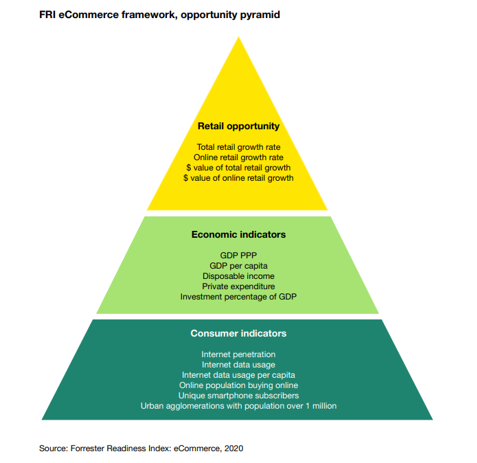
Mannequins stand next to merchandise displayed for sale at a Dick’s Sporting Goods store in West Nyack, New York.
Craig Warga | Bloomberg | Getty Images
Dick’s Sporting Goods said Tuesday it will remove guns from another 440 stores this year, building on its efforts after the deadly school shooting in Parkland, Florida, in 2018.
It made the announcement as it reported holiday-quarter earnings and sales that surpassed analysts’ estimates and showed that more people flocked to its stores for athletic footwear and apparel. The company has benefited from being one of the last bricks-and-mortar businesses left operating in its segment, with rivals Sports Authority and Sport Chalet having gone bankrupt.
Its shares surged over 12% in premarket trading on the news.
Here’s how the company did during its fiscal fourth quarter compared with what analysts were anticipating, based on a Refinitiv survey of analysts:
- Earnings per share: $1.32, adjusted, vs. $1.22 expected
- Revenue: $2.61 billion vs. $2.57 billion expected
- Same-store sales: up 5.3% vs. growth of 3% expected
Dick’s reported growth in the number of transactions in stores and shoppers’ average ticket, “despite the compressed holiday selling season and the challenging conditions we faced with unseasonably warm weather,” CEO Ed Stack said.
Still, looking ahead, the company has to balance “enthusiasm with a degree of caution” because of the coronavirus outbreak, he said.
Looking to the full year, Dick’s is now calling for earnings per share to range from $3.60 to $4. Analysts had been calling for an average of $3.85 a share, according to Refinitiv.
It expects same-store sales to range from flat to 2%. It said the lower end of its full-year outlook “includes some caution related to supply chain disruption potentially impacting its results beginning in the second quarter,” because of the coronavirus.
Net income during the quarter ended Feb. 1 fell to $69.8 million, or 81 cents per share, compared with $102.6 million, or $1.07 a share, a year earlier.
Excluding one-time charges — which included a $13.1 million write-down of inventory resulting from the retailer’s decision to remove the hunting category from roughly 440 stores in 2020 — Dick’s earned $1.32 per share, better than the $1.22 a share expected by analysts, polled by Refinitiv.
Net sales were up about 4.7% to $2.61 billion from $2.49 billion a year earlier, topping estimates for $2.57 billion.
Sales online and at stores open for at least 12 months were up 5.3% during the holiday quarter, better than the 3% jump that analysts were expecting. The company said e-commerce sales were up 15%.
Pulling guns
Dick’s took its first bold stance on assault-style firearms in February 2018, following the shooting massacre at Marjory Stoneman Douglas High School in which 14 students and three staff members were killed.
Shortly after the Valentine’s Day shooting, the company pulled high-capacity magazines from stores and halted the sale of firearms to anyone under age 21.
In a test eight months later, the company pulled all guns from 10 stores. That went over so well, the company said, that later last year Dick’s had guns removed from 125 more stores. Since then, the entire hunting category, including the Field & Stream business, has been under “strategic review.”
Dick’s had 726 locations across the U.S., as of Feb. 1.
When Dick’s pulled large-capacity magazines and rifles from stores in 2018, Stack said he knew the company would take a hit. In Stack’s book released in October, the CEO said about 65 employees “quit right away in protest, and more followed in later weeks.” Sales also dropped in subsequent quarters, as the company predicted. It actually destroyed about $5 million worth of rifles in inventory to make sure they didn’t get back on the market.
Since then, momentum has bounced back, and same-store sales are growing healthily, as evidenced by Dick’s latest results.
The big-box sporting goods retailer is actively replacing the areas where it used to sell guns and other hunting gear with additional inventory for team sports, aiming to draw more parents and their school-aged children to stores. It has also been investing more in its private labels, particularly for women, in a hunt for growth.
As of Monday’s market close, the company had a market cap of about $3 billion and shares were down about 9% from a year ago.

